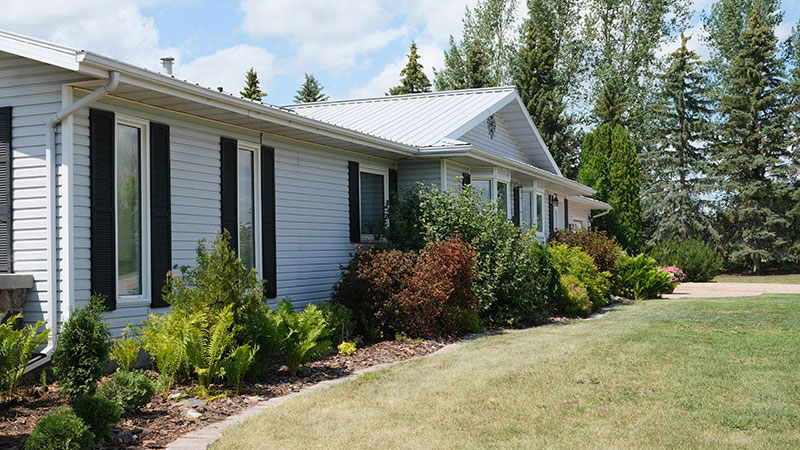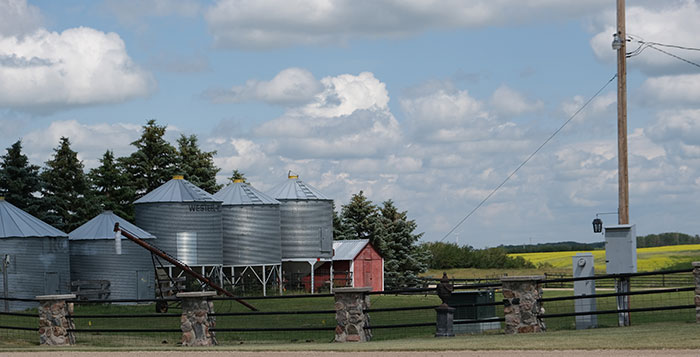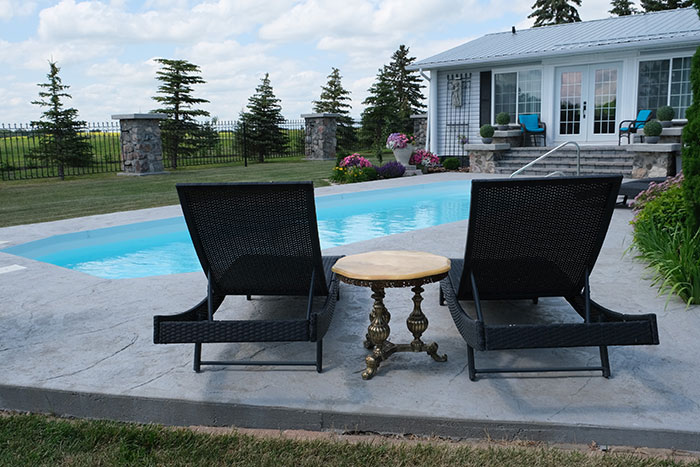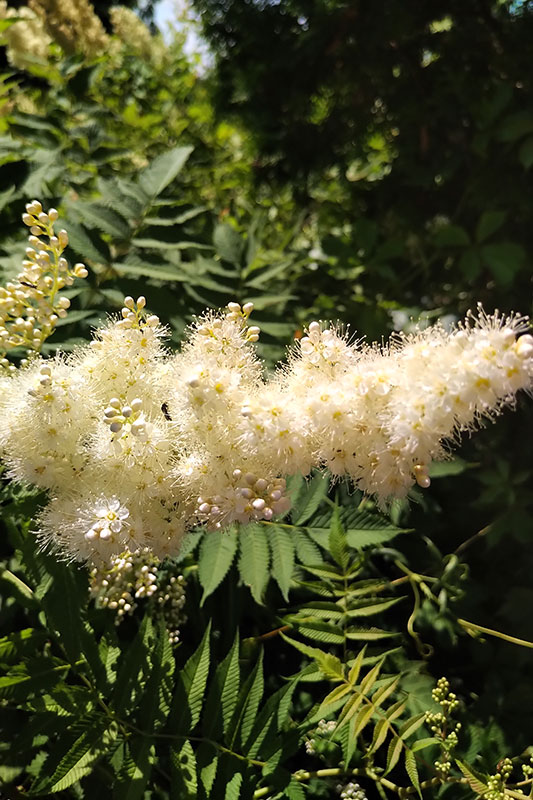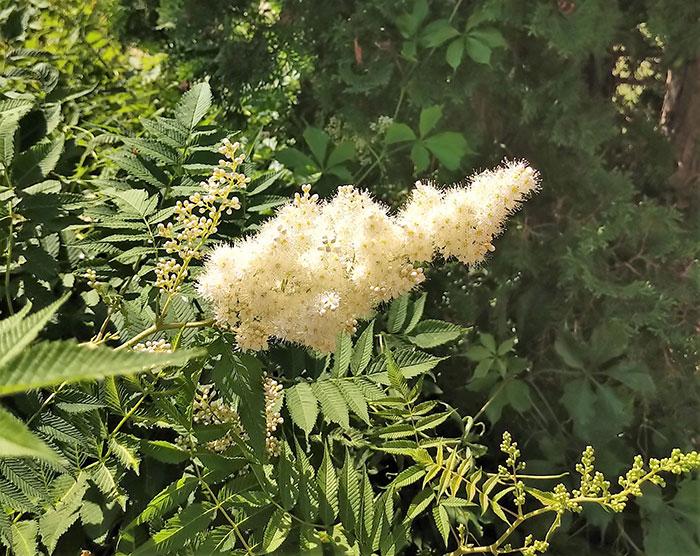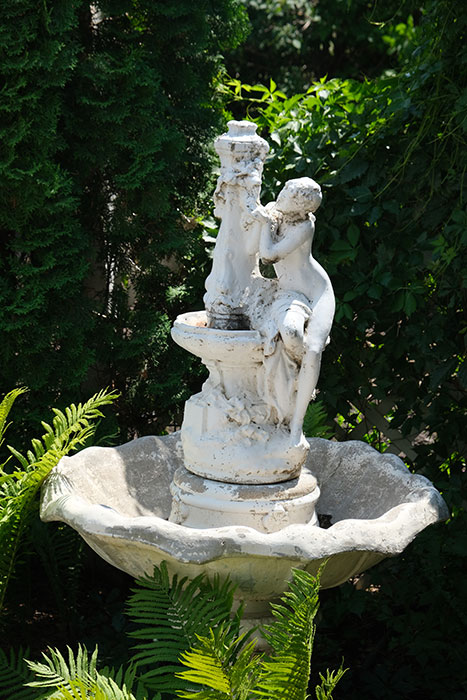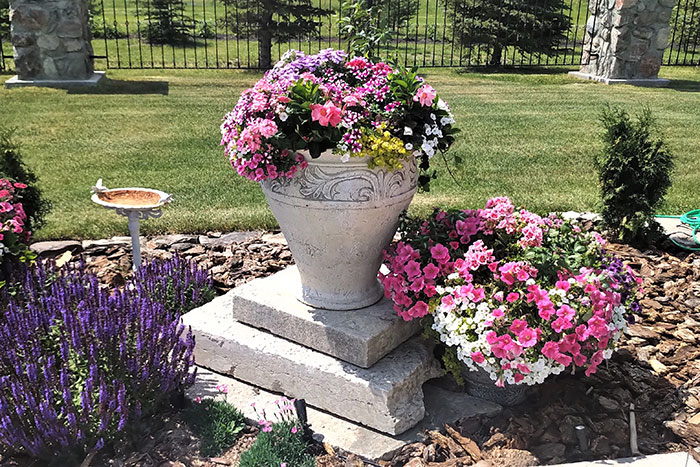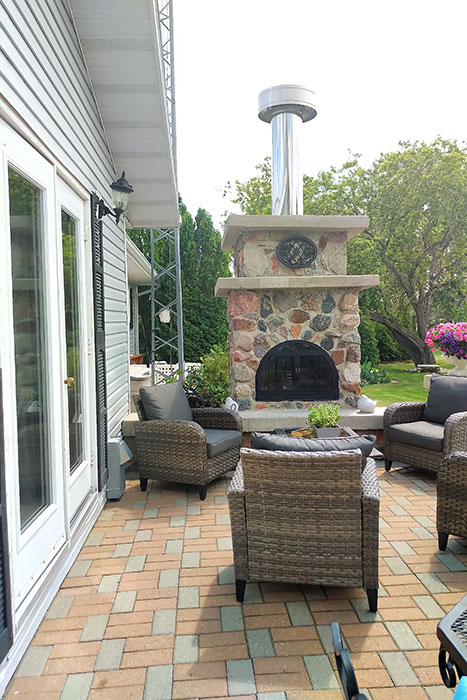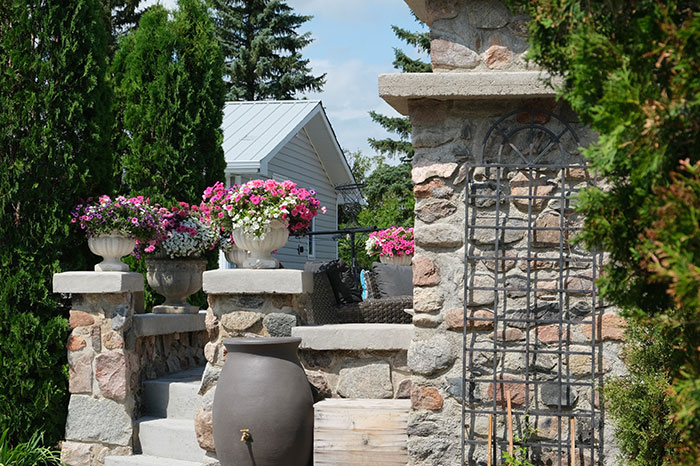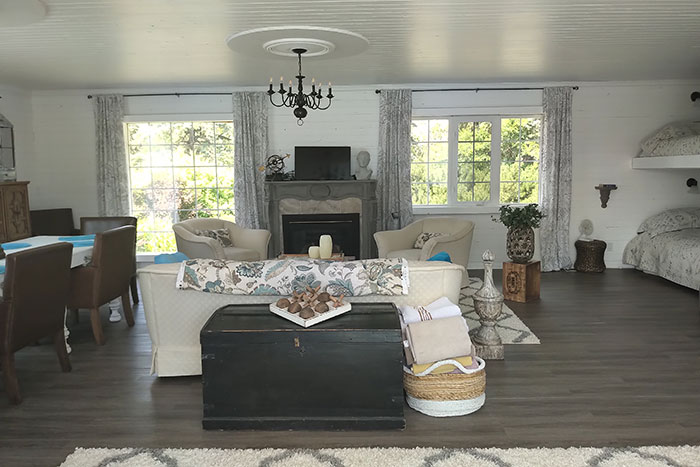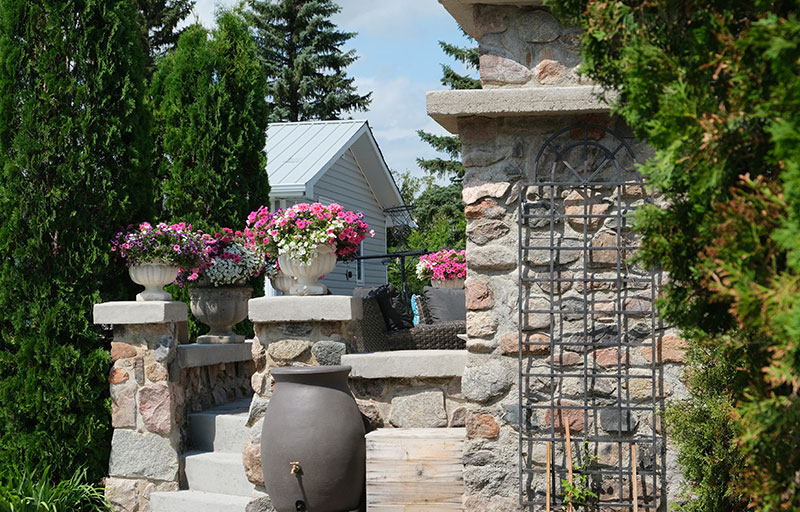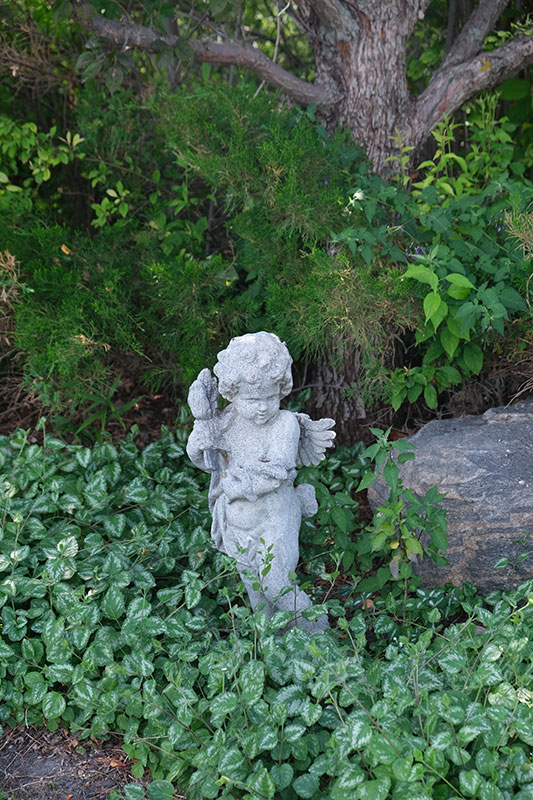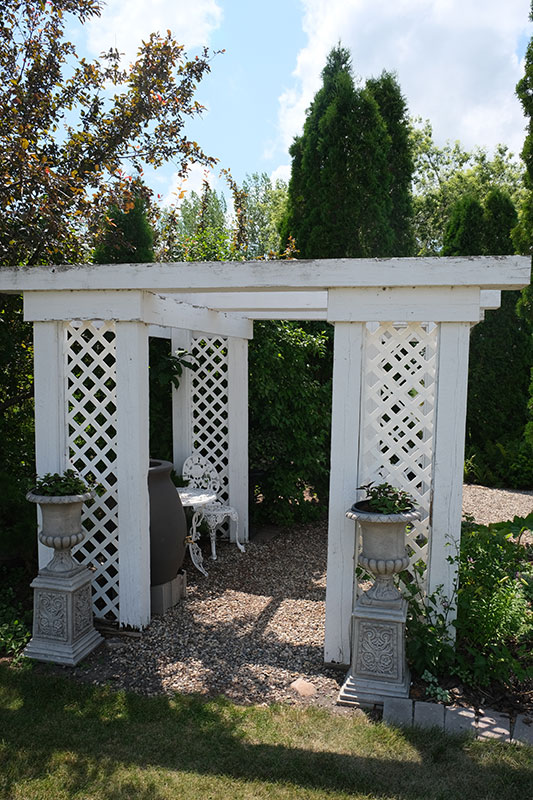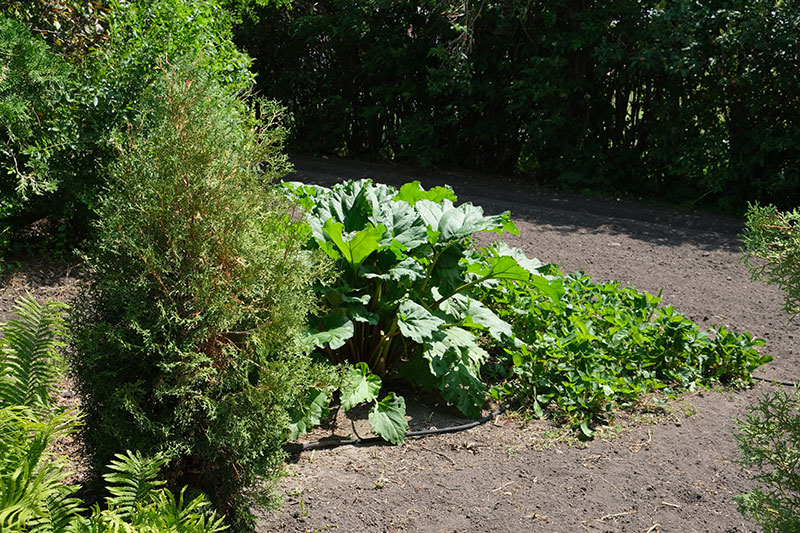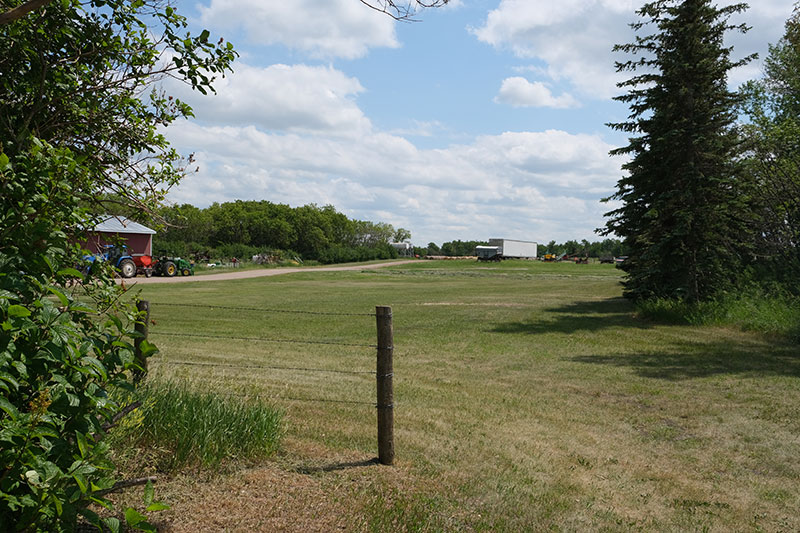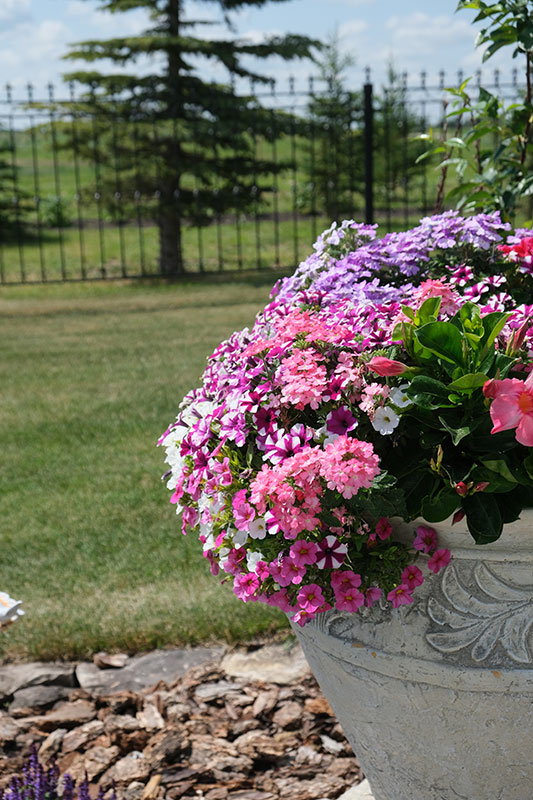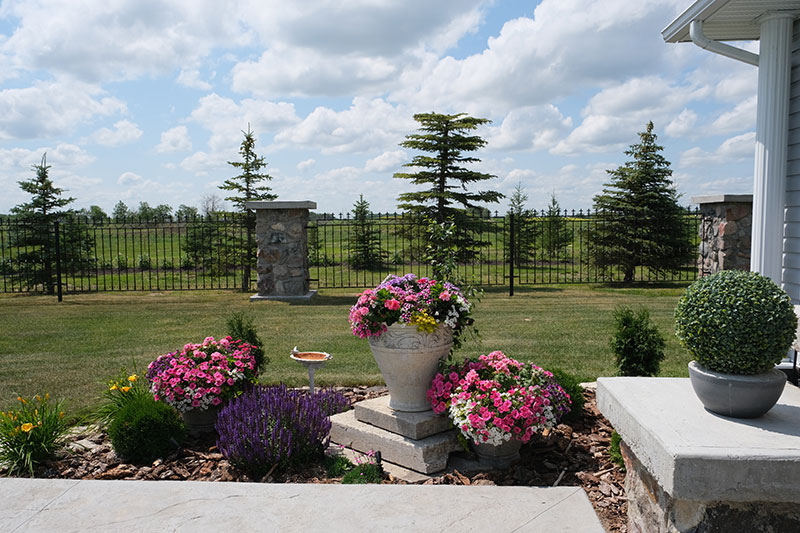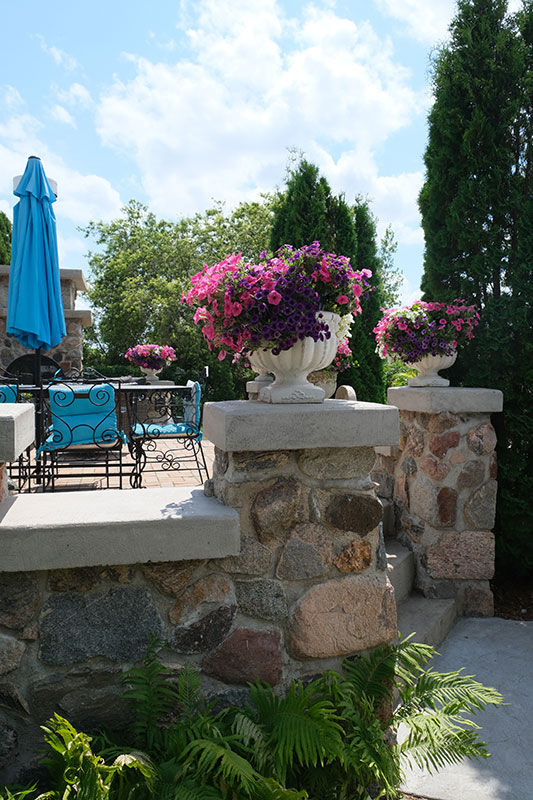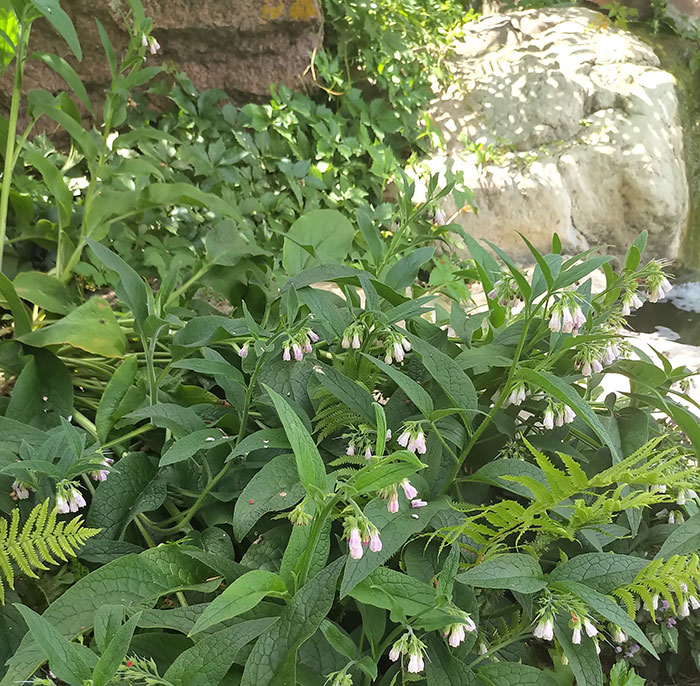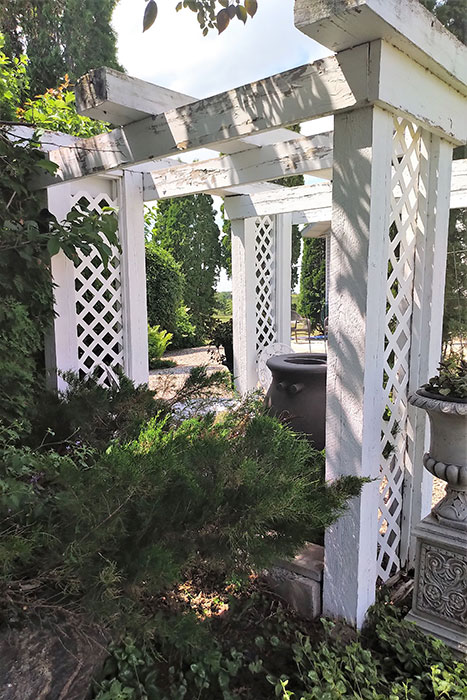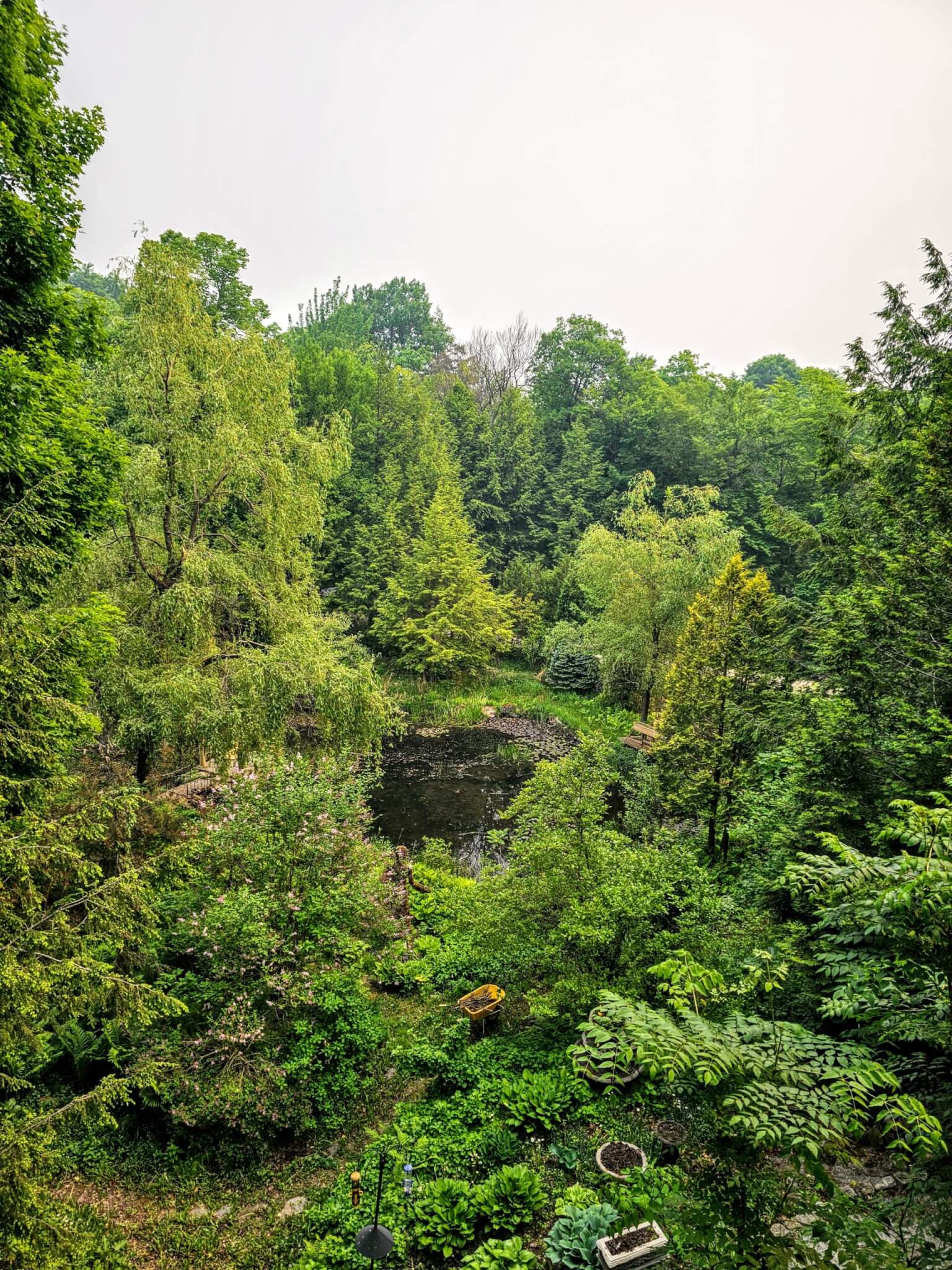Garden of Lorna Woods
Garden of Lorna Woods, Moosomin, Saskatchewan
Story by Dorothy Dobbie
Photos by Dorothy and Shauna Dobbie
Find some things. Look at them with a critically artistic eye. Turn them into part of paradise. That sums up the style world of Lorna Woods’s garden in Moosomin, Saskatchewan.
Lorna grew up with very little and had to learn to make do with what was at hand. She has carried on this lesson in life as she and her husband built their farm and their home, step by step, using what they had.
Lorna laughs as she recalls a farm hand who asked in wonder, “How did you get all these beautiful things?” She wasn’t sure he believed her answer in the way it was meant: “Day by day, through very hard work!” she told him. But that is exactly how it happened.
This is southern Saskatchewan, big sky country in the heart of a farm. But here in Lorna’s yard, all is tamed and tidy.
The pale gray clapboard farmhouse is meticulously kept, inside and out. The grounds could grace any country garden magazine. At the rear of the home at one end of an in-ground swimming pool, there is a structure that looks like a summer cottage. It matches the house in the pale clapboard finish, the window grilles, the gabled roofline.
Fieldstone pillars hold formal topiary plants flanking stone steps that are mounted to a deck that opens through some French doors to a grand room. Before entering, a look back reveals more fieldstone pillars, topped by cement platforms to hold planters. The pillars also form an important part of the wrought iron fencing that surrounds the yard, separating it from the fields beyond. The remarkable thing about this view is that Lorna herself built the pillars after researching how it was done. That project typifies what is encountered indoors in what Lorna calls the pool house.
The doors open onto a lovely room, a fireplace set between twin windows at the far wall. Cozy armchairs and a couch frame the fireplace. A rustic antique trunk serves as a coffee table. And an antique light fixture hangs from the ceiling. Behind the couch is a polished wooden chest supporting an old tic-tac-toe game. A wicker basket holds an assortment of cushioning towels for the bathers.
A long refectory-type wooden table, complete with the elaborate legs of a time gone by, is set along one side and on the other side are bunkbeds and a fully functional bathroom. The colour scheme is Portmeirion blue, beige, gray and brown, very soothing and relaxing. “My grandchildren spend all their time here in the summer,” Lorna says. But the real story is in how this luxurious looking space was created.
It is hard to believe that the building itself was just a “shell” that Lorna picked up for the lordly sum of $2,000. She made the improvements herself. All the contents are either found materials or Kijiji bargains.
Reluctantly leaving this marvel, Lorna urges visitors toward a cool place on the far side of the pool where a small waterfall appears to feed its depths. Huge rocks in and around the pond and some limestone edges testify to its authenticity as a spring. Exotic-looking sumac frames the scene. Then there is the ancient Manitoba maple that spreads its arms over this part of the yard, providing welcome shade on a hot day.
This is not the only cooling space. Lorna has created another haven at the side of the house where her building handiwork once again takes centre stage in the shape of a white pergola.
This is a garden of subtle hues and lots of greenery, much of it domesticated native species. One example is a large clump of comfrey with its soft leaves and pendulous, bell-shaped flowers. The yard is surrounded by plants she loves—many shrubs and big green plants such as castor bean, daylilies, hosta and bergenia. She sees the beauty in sumac with its beautiful white sprays of bloom and its lacy leaves.
In this wide-open farm space, Lorna has created a sheltered place, edged by tall cedars, protected by a shelterbelt of poplars, not that she has abandoned the prairie. It is right there, signifying freedom and thinking big—just the sort of thing that had made this amazing woman who she is and how she made this remarkable place possible.



